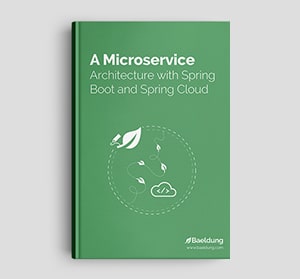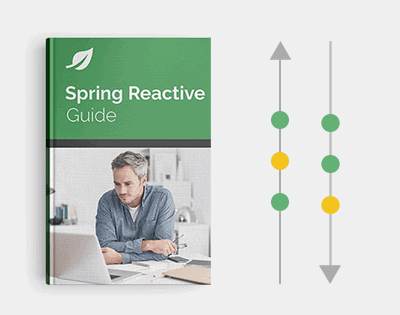Yes, we're now running our Black Friday Sale. All Access and Pro are 33% off until 2nd December, 2025:
Disable Security for a Profile in Spring Boot
Last updated: May 2, 2020
1. Overview
In this tutorial, we’re going to take a look at how we can disable Spring Security for a given profile.
2. Configuration
First of all, let’s define a security configuration that simply allows all requests.
We can achieve this by registering a WebSecurityCustomizer bean and ignoring requests for all paths:
@Configuration
public class ApplicationNoSecurity {
@Bean
public WebSecurityCustomizer webSecurityCustomizer() {
return (web) -> web.ignoring()
.requestMatchers(new AntPathRequestMatcher("/**"));
}
}Remember that this shuts off not only authentication but also any security protections like XSS.
3. Specify Profile
Now we want to activate this configuration only for a given profile.
Let’s assume we have a unit test suite where we don’t want security. If this test suite runs with a profile named “test”, we can annotate our configuration with @Profile:
@Configuration
@Profile("test")
public class ApplicationNoSecurity {
@Bean
public WebSecurityCustomizer webSecurityCustomizer() {
return (web) -> web.ignoring()
.requestMatchers(new AntPathRequestMatcher("/**"));
}
}Consequently, our test environment will differ, which we may not want. Alternatively, we can leave security on and use Spring Security’s test support.
4. Conclusion
In this tutorial, we illustrated how to disable Spring Security for a specific profile.
The code backing this article is available on GitHub. Once you're logged in as a Baeldung Pro Member, start learning and coding on the project.
















